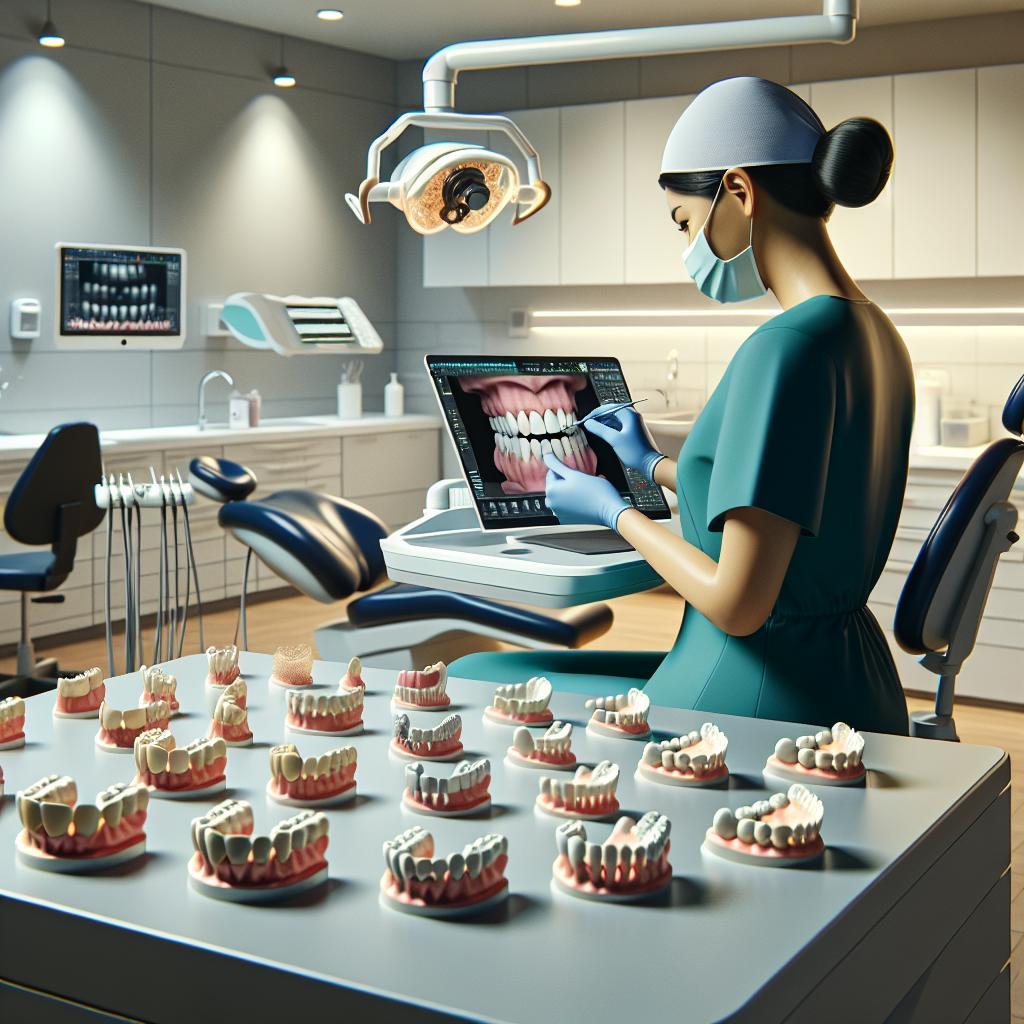Highlights
- Dental clips offer a non-invasive, affordable solution for enhancing smiles without the need for surgery.
- Recent technological advancements have improved the customization and effectiveness of dental clips significantly.
- Professional supervision is essential for optimal results and to avoid potential risks associated with dental clips.

Summary and Overview of Dental Clips
Dental clips, also called clip-on veneers or removable dental appliances, are non-invasive devices that improve dental aesthetics by addressing missing teeth, discoloration, minor misalignments, and gaps. They offer a temporary, affordable alternative to veneers, bridges, or implants, fitting securely over natural teeth or attaching to implants for stability. Advances like CAD/CAM and 3D printing have enhanced their precision and durability. Types include clip-on veneers for cosmetic use, removable aligners for orthodontic correction, and denture clips for implant-supported overdentures, which provide improved retention and comfort. Despite benefits, risks such as hygiene challenges and discomfort exist, underscoring the need for professional supervision.
Types and Materials of Dental Clips
Dental clips vary by purpose: clip-on veneers mask cosmetic flaws; clip-in braces and removable aligners gradually correct tooth alignment; denture clips secure dentures to implants for stability. They are made from biocompatible materials like silicone, plastics, and advanced polymers, with 3D printing enabling custom designs. Traditional materials such as titanium and stainless steel are used in implants and rigid components, while polymers ensure comfort and flexibility in removable clips.
Clinical Applications and Benefits
Dental clips enhance denture retention, particularly for partial dentures and implant-supported overdentures, improving comfort and function. Orthodontic clips serve to realign teeth discreetly and maintain post-braces positioning. They offer a temporary solution during implant healing phases and facilitate improved confidence and convenience without invasive procedures. Their secure fit benefits active individuals by preventing denture movement during daily activities.
Design, Procedures, and Patient Experience
Dental clips are designed for ease of use, comfort, and removability, with advanced fabrication methods such as CAD/CAM and 3D printing ensuring precise fits. Clinical protocols include thorough assessments, digital measurements, and ongoing adjustments to address issues like sore spots or speech difficulties. Patient comfort is prioritized through customized care and the use of digital technology, providing less invasive, convenient treatment options that enhance both physical comfort and psychological confidence.
Maintenance and Risks
Proper cleaning of dental clips with rinsing and commercial denture cleansers is essential to prevent bacterial buildup and maintain oral health. Various antimicrobial methods improve biofilm control on appliances. Improper care or ill-fitting devices may cause discomfort or dental damage, highlighting the importance of professional guidance for maintenance and use.
Technological Advances and Alternatives
Digital technologies such as CAD/CAM and 3D printing have improved the customization, efficiency, and quality of dental clips, implants, and dentures. Implant-supported clips, using materials like titanium and medical-grade plastics, offer superior stability and function over traditional dentures. Alternatives to dental clips include dental implants, bridges, and conventional dentures, each with specific benefits, invasiveness, and cost considerations. Implants provide durable, natural-feeling replacements but require surgery; bridges offer a fixed non-surgical option; traditional dentures are more affordable but may lack stability without clip attachments.
Future Directions
Research continues on advanced composite materials and additive manufacturing to enhance the strength, biocompatibility, and longevity of dental clips. Integrating CAD/CAM with 3D printing promises more personalized, cost-effective dental restorations, potentially expanding clinical applications and improving patient outcomes in missing teeth replacement and other dental treatments.
The content is provided by Blake Sterling, Fact-Nest












